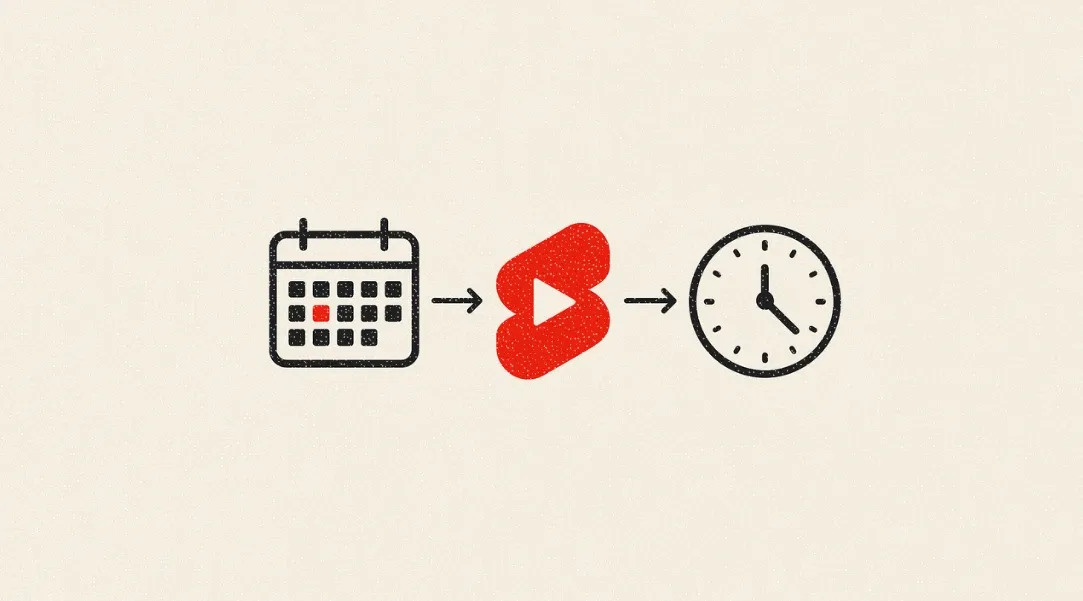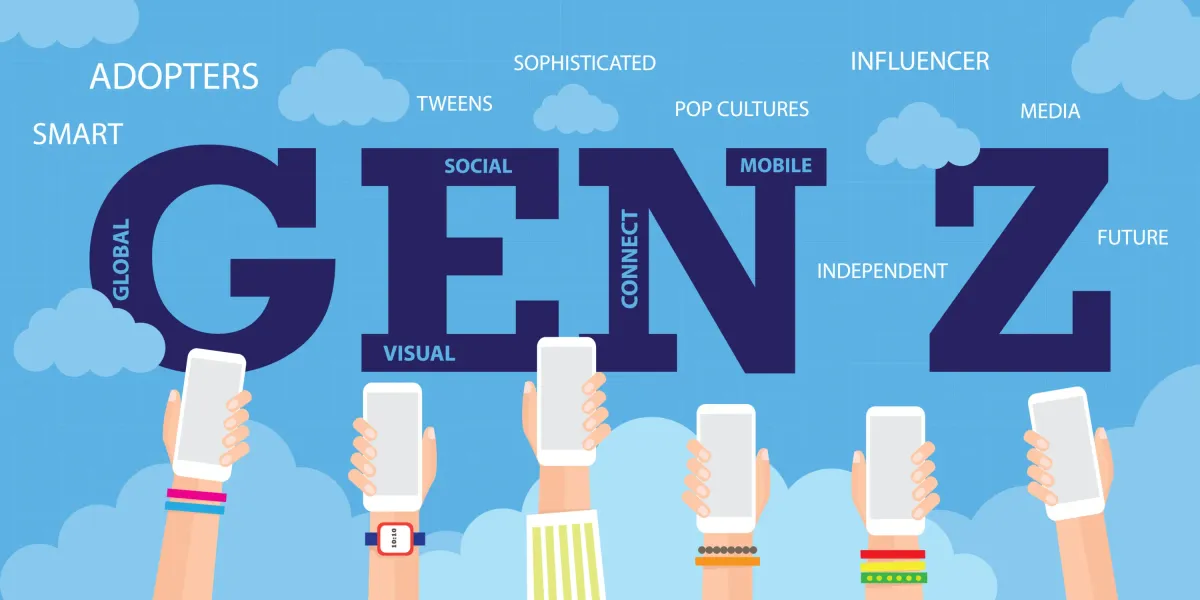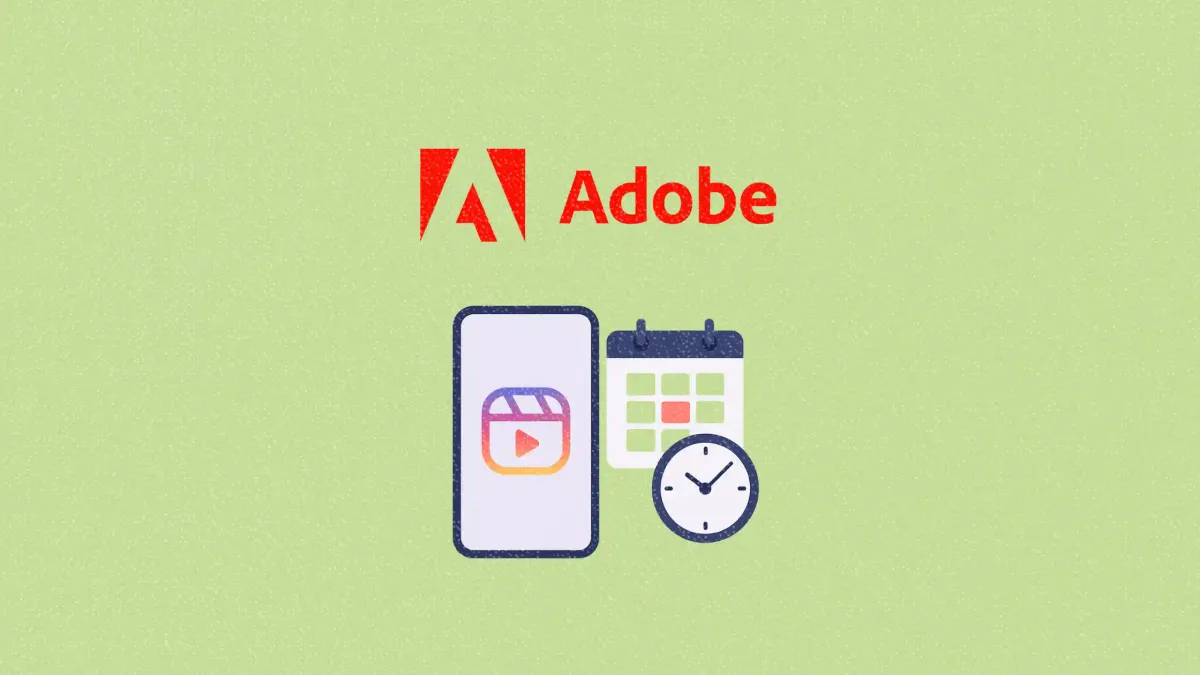The best times to post YouTube Shorts for more views, likes, and comments
Adobe Express analyzed 24,000 Shorts to uncover the posting windows that drive peak performance

If you are posting YouTube Shorts without considering timing, you could be leaving millions of views on the table. Adobe Express’s latest analysis shares the best time to post on YouTube Shorts.
The study shows that timing can make the difference between decent numbers and breakout performance.
This article explores the study’s findings on optimal posting days, times, and video lengths for Shorts. We will break down the data from 24,000 videos across 280 creators, highlight surprising off-peak advantages, and show how marketers can use timing as a strategic lever for engagement.
Short on time?
Here’s a table of contents for quick access:
- Most common post upload times
- Peak moments for likes
- When views spike
- Off-peak posting advantage
- Best and worst days for niche creators
- What this means for marketers

Most common post upload times
Creators tend to cluster around certain posting windows. Thursday is the most popular day for uploads, accounting for 20% of the Shorts analyzed.
The single most common time was Thursday at 8 a.m., likely driven by habits built around mid-week momentum and pre-weekend engagement pushes.
But popularity does not always equal performance. Some of the highest-performing posting windows are not the most crowded.

Peak moments for likes
Tuesday emerged as the strongest day for average likes, despite Thursday dominating upload volume.
The sweet spot for time of day was 4 p.m., when audiences may be winding down work or school and more open to short-form entertainment.
When day and time were combined, Saturday at 4 p.m. delivered the highest average likes. Longer content also performed better, with Shorts running 40 seconds or more showing 33% higher engagement than shorter ones.

When views spike
For pure view counts, the patterns were similar. Tuesday led for average views, and 4 p.m. was again the golden hour.
The single best combination was Saturday at 4 p.m., which delivered peak average views.
The top Shorts in the dataset reached 396.2 million views, averaging 16.5 million per hour, with entertainment content making up nearly half (48%) of those viral hits.

Off-peak posting advantage
One of the most surprising findings was that off-peak uploads, specifically between midnight and 7 a.m. or between 11 a.m. and 11 p.m., outperformed peak-time posts.
On average, off-peak videos earned 80% more likes, 40% more views, and nearly double the comments compared to those posted during the popular 8 a.m. to 10 a.m. slot.
With fewer Shorts competing for attention, audiences may be more inclined to watch, react, and join the conversation.

Best and worst days for niche creators
Wednesday topped engagement across many niche categories, followed closely by Thursday.
Mondays and Fridays lagged behind, suggesting audiences are less responsive at the start and end of the work week.

What this means for marketers
For brands and creators, the takeaway is clear:
1. Test beyond peak hours
Off-peak slots might help your content stand out without competing with the upload rush
2. Leverage Tuesday and Saturday at 4 p.m.
Data suggests these are prime engagement windows for both likes and views
3. Go longer when it adds value
Shorts over 40 seconds outperform, so do not trim just to fit a shorter format
4. Monitor your own audience analytics
Use YouTube’s analytics to validate whether these global trends apply to your specific viewers
By aligning content strategy with data-backed timing insights, marketers can give each Short a better shot at breaking through and sparking interaction.





